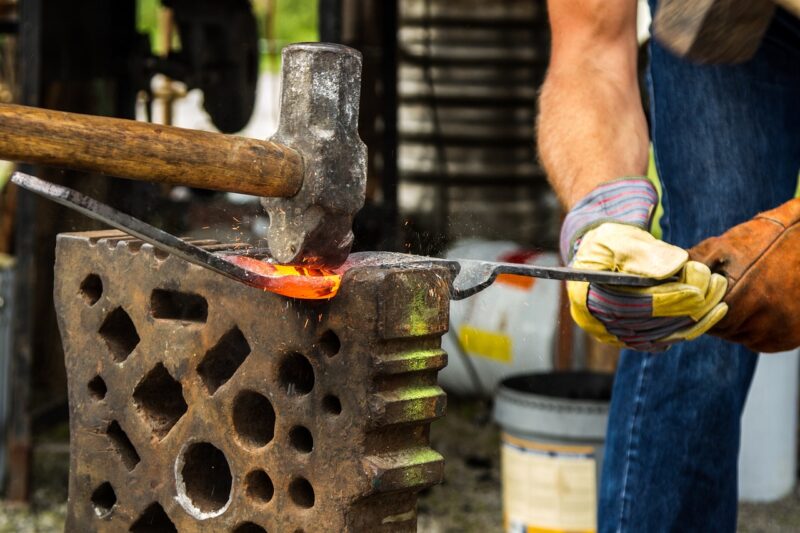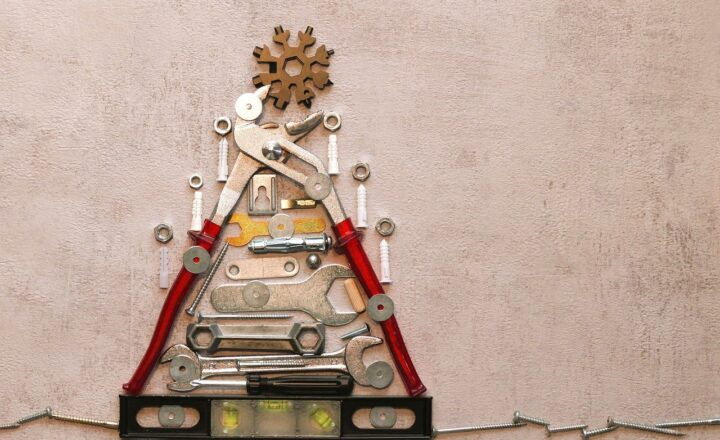The Role of Iron in Traditional Blacksmithing and Why It’s Making a Comeback
November 14, 2024

Blacksmithing is an ancient craft that has shaped history by providing tools, weapons, and decorative pieces for various cultures around the world. At the core of this craftsmanship lies iron — a material that has not only paved the way for human civilization but is re-emerging in modern times as a vital component in artisanal creations.
Throughout this article, we will explore the significance of iron in traditional blacksmithing, the historic techniques used to forge it, and why this age-old craft is experiencing a renaissance in today’s DIY and artisan communities.
1. The Historical Importance of Iron in Blacksmithing
Iron has played a pivotal role in blacksmithing since ancient times. It became widely utilized during the Iron Age, around 1200 BC, when humans discovered how to extract metallic iron from its ores. The introduction of iron over previous materials like bronze marked a significant technological advancement.
Iron’s abundance and durability made it the material of choice for various tools and weapons, such as:
- Tools: Swords, plows, hammers, and chisels revolutionized work across various trades.
- Weapons: From swords to armor, iron was integral in creating effective weaponry which shaped nations and empires.
- Infrastructure: Iron’s strength was crucial for building structures, bridges, and railroads, fostering technological progress during the Industrial Revolution.
As blacksmithing evolved, artisans developed specific techniques for working with iron that set the foundation for the craft as we know it today.
2. Techniques of Traditional Blacksmithing
Blacksmithing techniques involve heating iron to high temperatures to make it malleable, allowing for shaping, bending, and joining. Here are some key techniques traditionally used in blacksmithing:
- Forging: The process of shaping the heated iron using hammers and anvils to create various forms, from tools to artistic elements.
- Quenching: Rapid cooling in water or oil to harden the iron, enhancing its strength and durability.
- Tempering: A process that involves reheating the quenched iron to reduce brittleness while maintaining hardness.
- Welding: Traditional blacksmiths used forge welding, where two pieces of iron are heated to a molten state and pressed together to form a solid bond.
These techniques, honed through centuries, create a symphony of craftsmanship and artistry, showcasing the inherent beauty and utility of iron.
3. The Comeback of Blacksmithing in Modern Times
In an age dominated by mass production and industrial manufacturing, blacksmithing is experiencing a revival as individuals seek out authenticity and craftsmanship. This resurgence stems from several factors:
- DIY Culture: As people embrace personal projects, blacksmithing workshops and classes have become more popular. Enthusiasts can learn the craft hands-on, creating personalized and functional works.
- Artisanal Movement: There’s a growing appreciation for handmade goods. Artisans are now creating bespoke ironwork ranging from furniture to sculpture, emphasizing unique artistry.
- Sustainability & Recycling: With a focus on eco-conscious living, iron, a recyclable material, is favored by individuals striving for sustainable practices within their crafts.
- Culinary Uses: The culinary world has also embraced iron, with cast iron cookware gaining immense popularity for its durability and cooking properties. Blacksmiths are forging high-quality cookware, thus intertwining blacksmithing with gastronomical traditions.
This revival reflects a yearning for skills and craftsmanship that connect us to our historical roots while embracing contemporary values.
4. The Future of Iron in Blacksmithing
The future of iron in blacksmithing looks promising as advancements in technology are coupled with traditional methods. Innovations include:
- Modern Tools and Techniques: The use of power tools for shaping and finishing is becoming common, allowing artisans to blend modern efficiency with classic techniques.
- Research & Preservation: Continued interest in blacksmithing has led to research aimed at preserving historical techniques and promoting craftsmanship through grants and educational programs.
- Cross-disciplinary Projects: Collaborations between blacksmiths and artists, architects, or designers are resulting in novel applications of iron and new artistic expressions.
As the craft evolves, iron will remain a pivotal element, blending tradition with innovation.
Conclusion
Iron has been at the heart of blacksmithing for centuries, underpinning the craft’s evolution and innovation. In the face of modern convenience, blacksmithing is witnessing a revival, inviting individuals to engage with history through craftsmanship.
As more artisans emerge, the roles of iron are not only solidifying its importance but also crafting futures that honor both tradition and contemporary creativity. From its historical roots to its modern renaissance, iron has a story worth continuing.
Let the forge ignite your passion for blacksmithing and explore how this time-honored craft transforms iron into not only functional items but also pieces of art that tell stories through generations.





